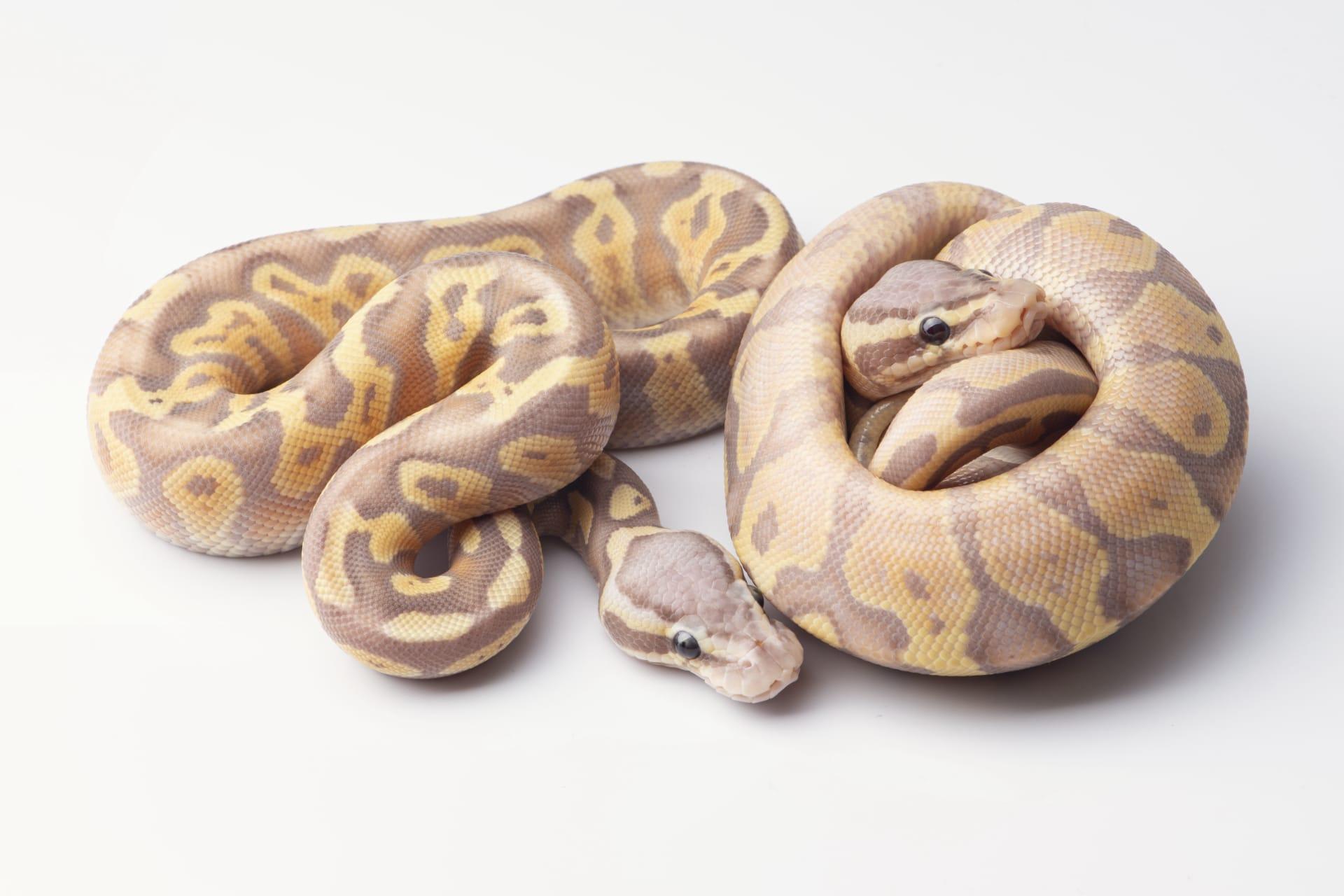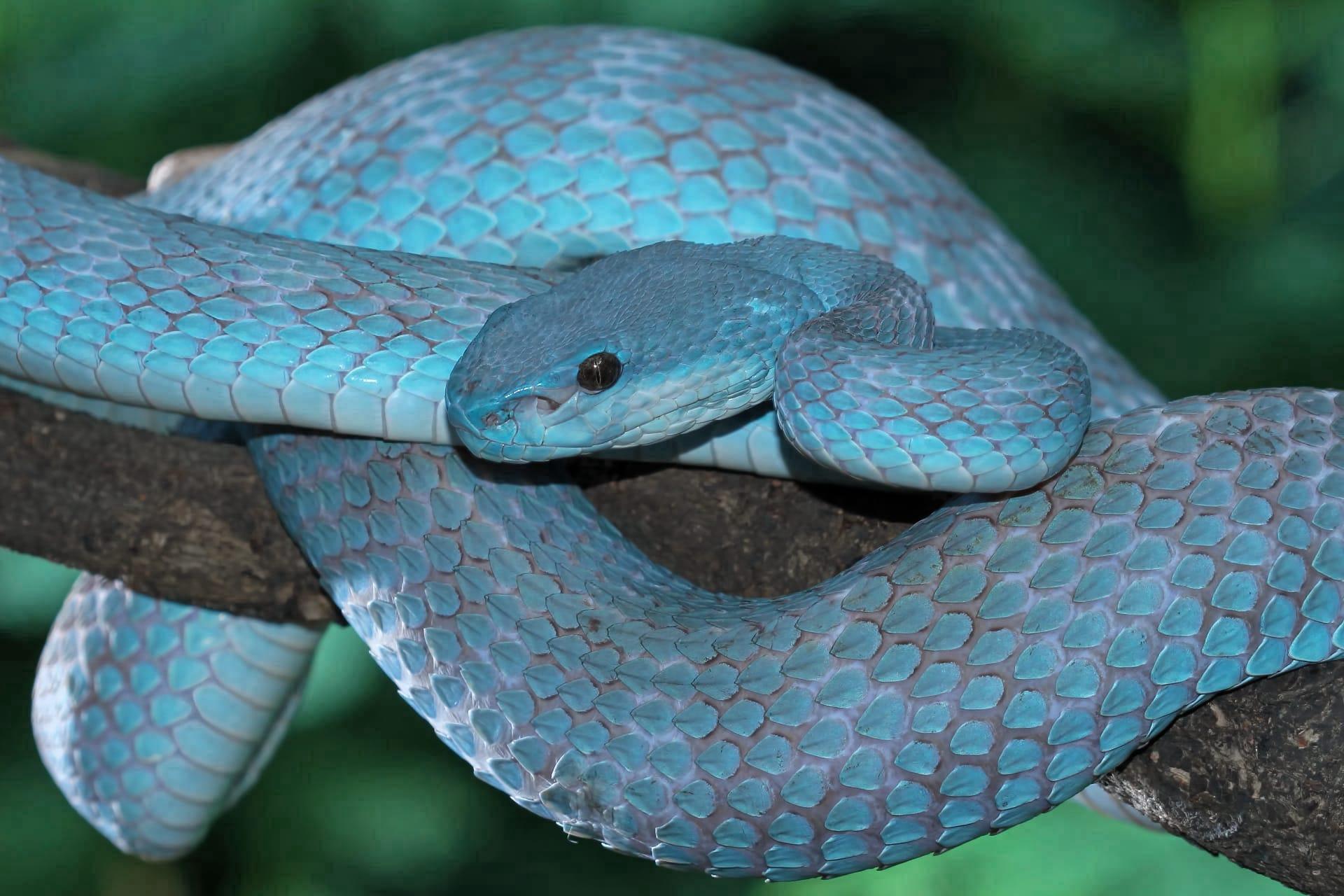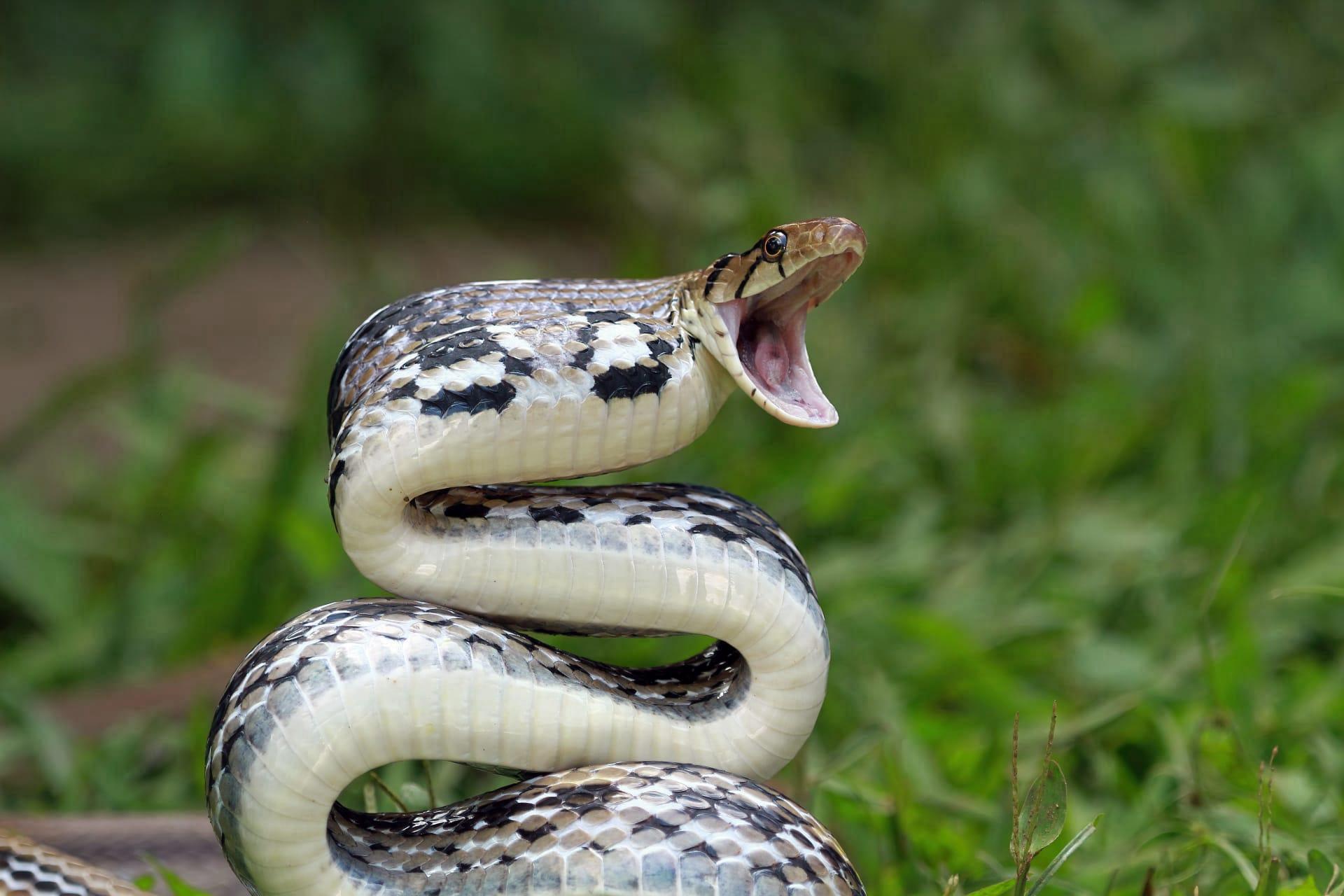Python
- Home /
- Mini Encyclopedia /
- Animal /
- Python
1
Pythons, belonging to the family Pythonidae, are among the largest snakes in the world. This family includes over 40 species. Pythons are distinct for their heat-sensitive pits, used to detect warm-blooded prey, and their non-venomous nature, relying on constriction to subdue their food. The species range greatly in size, with some like the reticulated python reaching lengths of over 30 feet, while others remain much smaller.
Pythons are predominantly found in the tropical regions of Africa, Asia, and Australia. Their habitats vary from rainforests and grasslands to swamps and even urban areas in some cases. The reticulated python, native to South and Southeast Asia, is known for inhabiting a diverse range of environments, including forest edges and nearby human settlements.

2
Question: A common misconception about pythons is their supposed aggressive nature towards humans.
Answer: In reality, pythons are generally not aggressive and tend to avoid human contact. Incidents of pythons attacking humans are extremely rare and usually occur in scenarios where the snake feels threatened or is mishandled. Pythons, like many other snakes, prefer to escape rather than confront a potential threat.

3
Pythons' survival strategies are fascinating. They are ambush predators, relying on stealth and their ability to camouflage. Once they spot their prey, they strike quickly, using their powerful bodies to constrict and suffocate before consuming it whole. This method is efficient and allows them to target larger prey.
Another key aspect of their survival is their reproductive strategy. Pythons are oviparous, laying eggs which they incubate through a process known as 'shivering thermogenesis'. The female python wraps around her eggs, contracting her muscles to generate heat and maintain a stable temperature for the developing embryos.

4
In the ecosystem, pythons play a crucial role as both predators and prey. As predators, they help control the populations of their prey species, which often include rodents and other small mammals. This control is vital for maintaining a balanced ecosystem.
As prey, young pythons provide sustenance for a variety of predators, including birds of prey and larger mammals. This predator-prey dynamic is essential for the natural regulation of species populations and overall biodiversity.

5
Film: "Python Hunters" is a documentary series from the United States, airing in the 2010s. It focuses on the challenges of managing invasive Burmese pythons in Florida's Everglades. The series highlights the ecological impact these pythons have and the efforts to control their population.
Book: "The Secret Life of Pythons" by David G. Barker and Tracy M. Barker, published in the United States in 2012, offers an in-depth look at the biology, behavior, and conservation of various python species, enriched with detailed photographs and comprehensive research.
Book: "Pythons of the World: Asia and Australia" by Mark O'Shea, published in the United Kingdom in 2007, delves into the diversity of Asian and Australian pythons. The book combines scientific information with fieldwork experiences, providing insights into the natural history and habitat of these fascinating creatures.